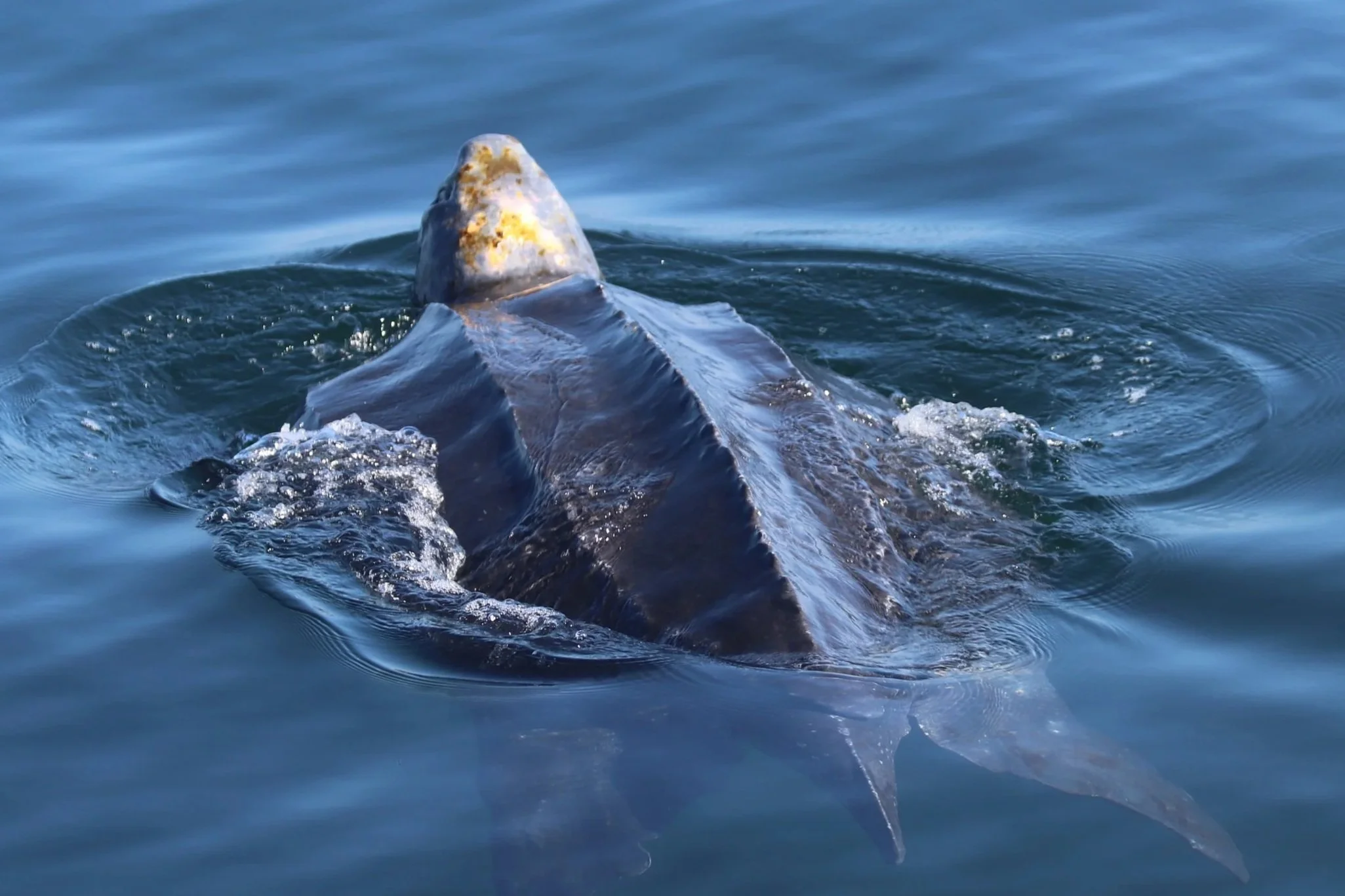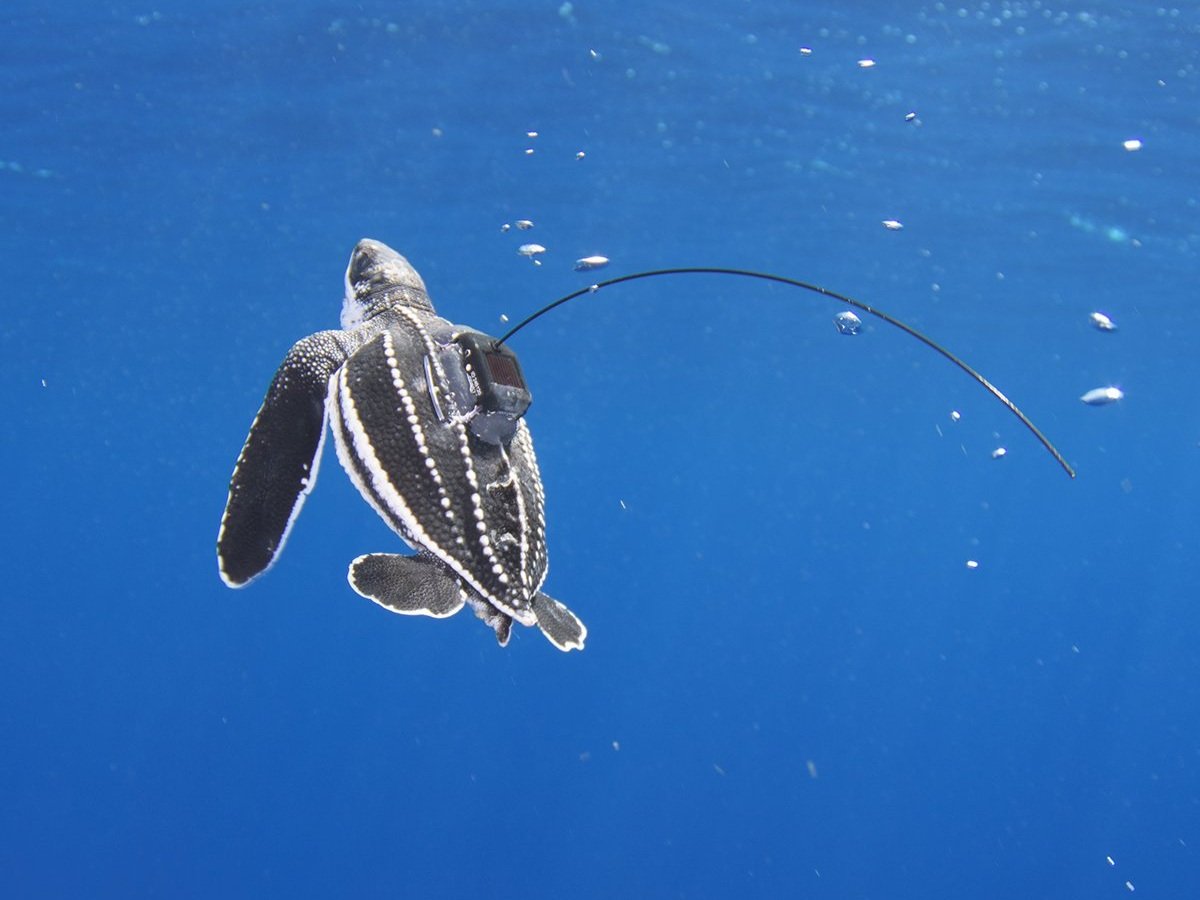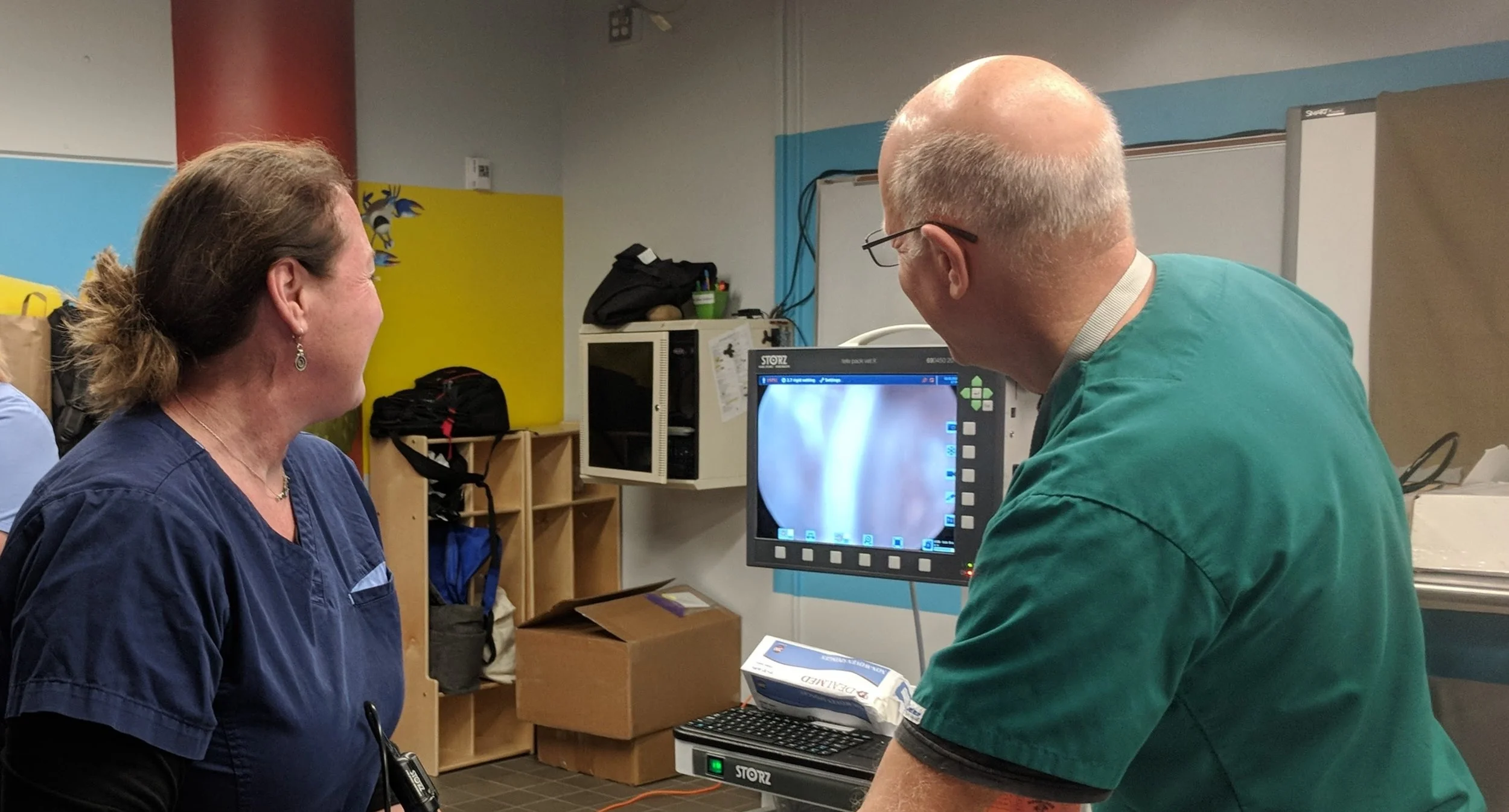Through satellite tracking data, we can identify critical inter-nesting, migration and foraging habitats throughout the migration range of East Pacific leatherbacks. This information is essential for leatherback conservation and more holistic transboundary management initiatives,
The Plastic Effect: A first-hand account of how plastic is impacting sea turtles
In 2015, Sean came face to face with one of the most insidious threats turtles face at sea: plastic. He was walking along Playa Ostional in Costa Rica with other sea turtle researchers when they spotted an olive ridley turtle with something protruding from its naris (more or less the word for a sea turtle’s nostril). As they approached the turtle, they discovered it was a piece of plastic.
Veterinarians apply diagnostic imaging tools for sea turtle conservation!
Have you ever wondered how to tell whether an immature sea turtle is male or female? Or if an adult female sea turtle is preparing to lay eggs? Or whether a sea turtle with visible external fibropapilloma tumors also has hidden tumors on her internal organs? Or if she may suffer from gas bubble disease as a result of fisheries bycatch? The tools of diagnostic imaging can help answer all of these questions.
Where do turtles go when they leave the nest? Upwell aims to find out.
Little is known about a turtle’s life at sea. Conservation efforts and studies of sea turtles have largely focused on nesting beaches. Upwell aims to learn more about how sea turtles travel the oceans. By understanding where they go and how they use different habitats, we can better advance protections for turtles at sea.









